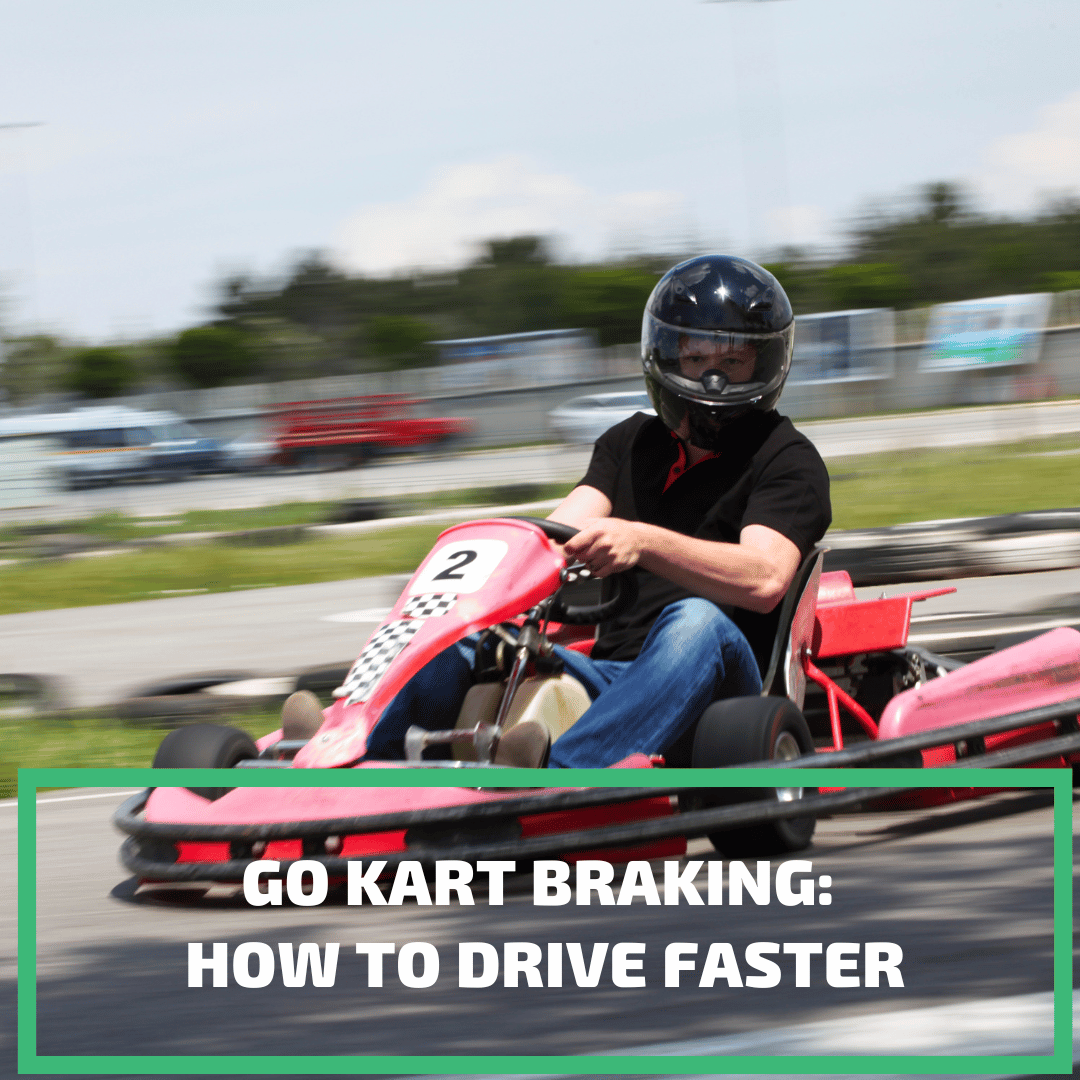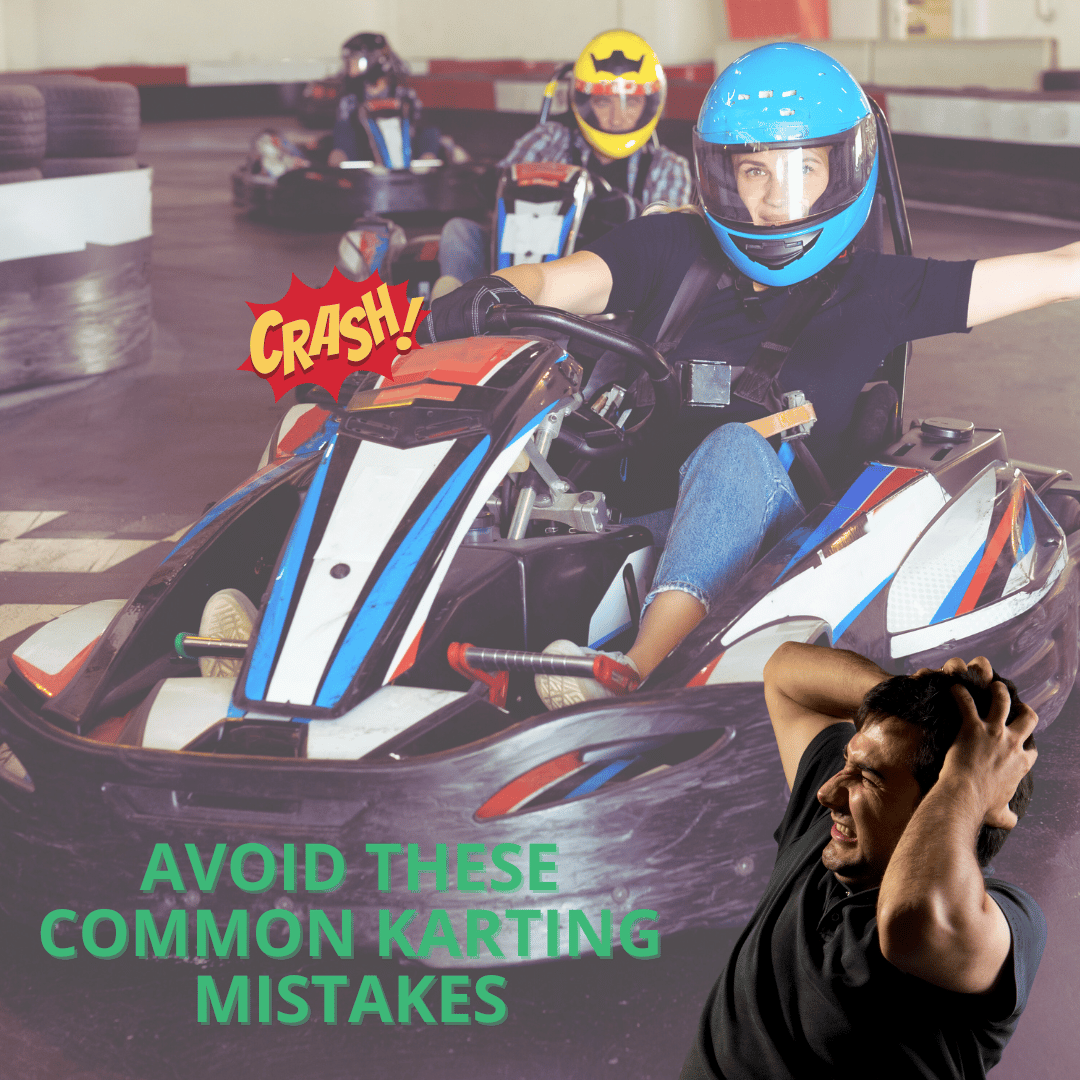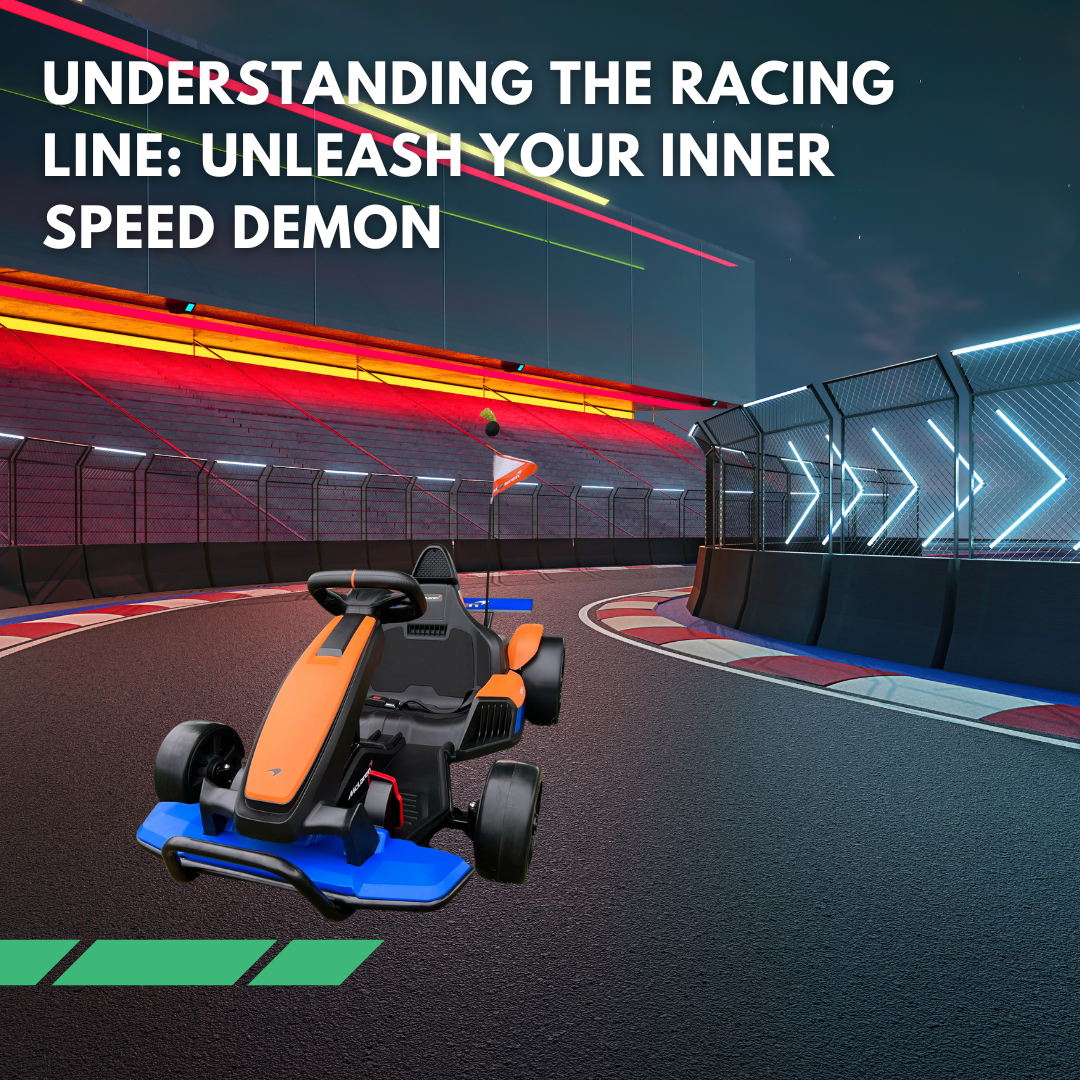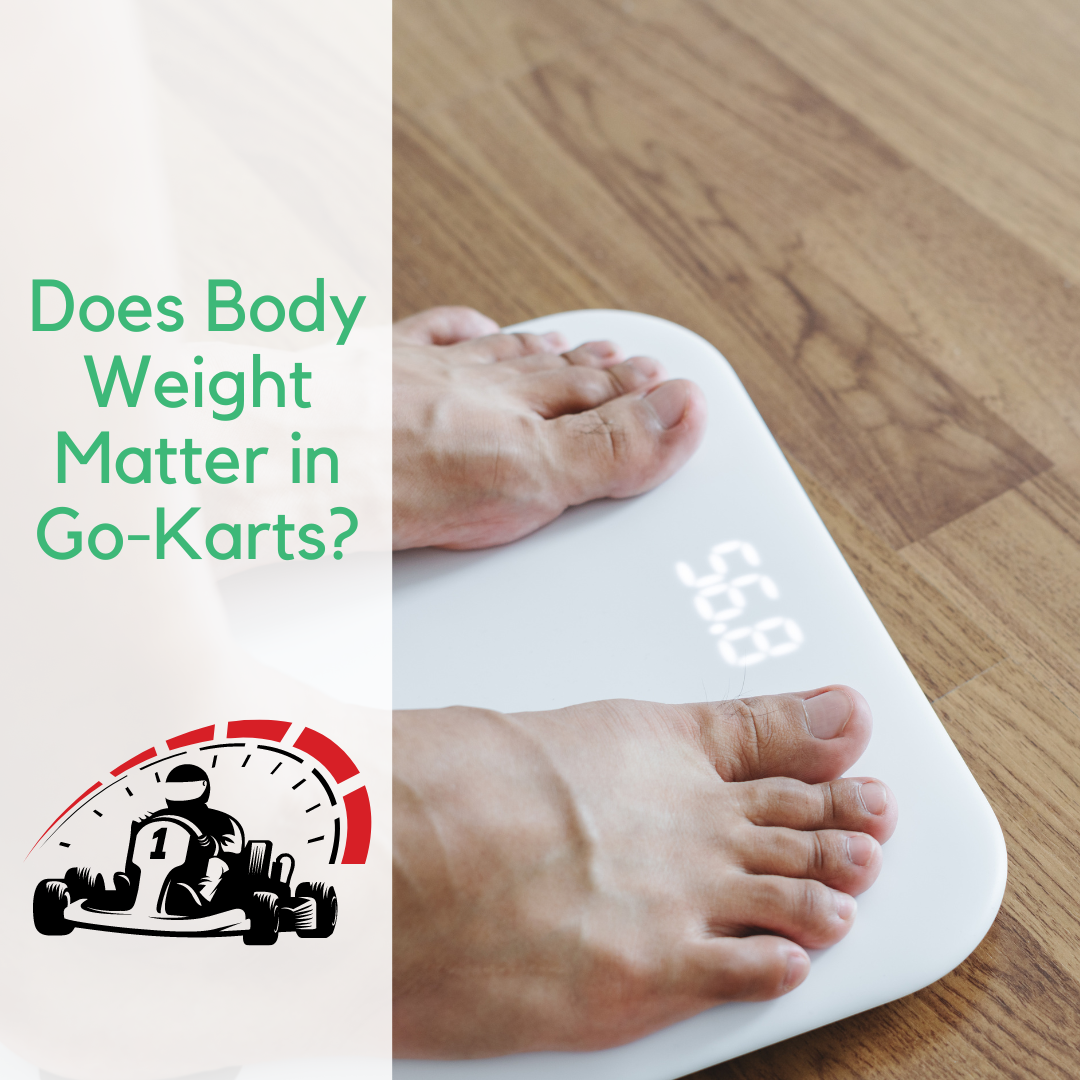Fast lap times in go-karting - it's what every racer desires. But you find yourself struggling to improve your times, despite your best efforts.
You're not alone in this, as many racers grapple with this challenge.
It's not just about speed, there's a secret many overlook - braking.
Quite counterintuitive, right? 
Imagine the possibilities if you could harness the power of effective braking to achieve those elusive quick lap times.
Now, here's the good news - by mastering specific braking techniques, you can drastically enhance your go-kart performance and conquer those corners like a pro!
Why Braking is the Secret to Fast Times
Braking is pivotal for achieving fast go-kart times as it ensures efficient cornering and momentum maintenance. The secret lies in techniques like trail braking, which involves decelerating while turning into a corner, thereby preserving momentum and enabling quicker acceleration post-apex. Additionally, steering straight under braking, hard braking, and mastering brake bias and weight transfer further optimise lap times. Importantly, consistent practice and understanding your kart's behaviour can enhance your braking efficiency, enabling faster go-kart times.
Related: Go Kart Braking: How To Drive Faster
Understanding Trail Braking
Yes, you heard it right! Braking is the holy grail of faster lap times.
An essential technique, known as 'Trail Braking', might seem counterintuitive to many.
This technique involves delicately managing your speed using the brakes as you turn into a corner.
This way, you maintain your momentum and position yourself for faster acceleration after the corner's apex.
Isn't it just fascinating how the art of slowing down can speed you up?
Related: Avoid These 20 Common Karting Mistakes
The Importance of Steering Straight Under Braking
Now, while you juggle between braking and turning, remember to keep the kart steering straight.
If your rear wheels lock, the kart will lose its direction, causing you to lose precious seconds off your time.
The Art of Hard Braking
And how about hard braking?
Brake so hard that your wheels are on the brink of locking up.
Why, you ask?
This enables you to slow down faster, helping reduce your lap times.
But remember, it's a dance, not a wrestling match; the key is to hit the brakes hard initially and then ease off gradually as you near the apex.
The Danger of Power Braking
Now let's touch on a no-no in go-karting - power braking.
Power braking is braking while your foot's still on the throttle.
This wrestling match between your engine and brakes leads to overheating, potentially causing severe damage to your go-kart.
And let's not forget, a broken go-kart equals no lap time, fast or otherwise!
Mastering the Go Kart Track
The Relevance of Steering Wheel Smoothness
Moving on to some strategic bits, let's discuss steering wheel smoothness.
Whether you're a 9-and-3 or an 8-and-4 person, once your hands are on the wheel, they stay put.
This rigidity helps you retain control of the kart and improve your lap times.
Minimising Steering to Maximise Speed
Another insider tip is to minimise your steering. Sounds strange, right?
However, if your steering wheel isn't straight, your kart isn't accelerating as quickly as it could.
So, reduce your turns to the bare minimum to maximise your speed.
The Art of Overtaking
Now, let's talk overtaking, every racer's favourite part!
Did you know the best opportunities for overtaking often present themselves in the heaviest braking zones?
If you brake just a fraction later than your opponent, you could seize the advantage you need to overtake. And, remember, this art requires mastery over braking.
Finding the Optimum Braking Point
Finding the optimum braking point is the culmination of all the elements we discussed.
You should brake before turning the wheel as you approach a corner, hitting the brakes hard initially so they almost lock, then as you get closer to the apex, gradually release the brakes.
Trail braking is your best bet as the increase of power means that more braking is required.
With practice, you'll discover that you probably can brake later and get a better lap time out of the kart by overlapping the end of the braking zone with the beginning of the turn-in.
Related: Understanding the Racing Line: Unleash Your Inner Speed
Why Braking Matters in Go-Karting
Understanding Brake Bias in Go Karts
In the world of go-karting, 'Brake Bias' is a term you'll often come across.
It refers to the distribution of braking force between the front and rear wheels.
By adjusting the brake bias, you can influence the kart's balance and behaviour during braking.
A kart with more forward brake bias can be steadier under braking, whereas more rearward bias can make turning easier.
However, it's crucial to find a balance that best suits your driving style and the track conditions.
The Significance of Weight Transfer
Weight transfer plays a vital role in achieving fast lap times.
When you brake, the weight of the kart shifts forward, enhancing the grip on the front wheels while reducing it at the rear.
This shift allows the kart to turn more easily.
Mastering weight transfer is integral to making the most out of braking, helping you to maintain speed and control, especially through corners.
Related: Does Body Weight Matter in Go-Karts?
The Pursuit of Braking Excellence
The Importance of Braking Consistency
In the world of go-karting, consistency is key, especially when it comes to braking.
Your braking points should remain consistent throughout the race.
Regularly fluctuating braking points can lead to a loss of rhythm and compromise your lap times.
By maintaining consistency, you can also better anticipate your kart's behaviour, thereby improving your cornering technique and overall performance.
Practising Braking Drills
Practice makes perfect, as they say, and this holds true for go-karting as well.
Regularly performing braking drills can significantly improve your skills and confidence on the track.
Simple exercises like varying your braking force or alternating your braking points can help you understand your kart better.
Over time, this will enable you to extract the best performance out of your kart and reduce your lap times.
Conclusion
In essence, the secret to fast go-kart times lies not just in raw speed but in mastering the art of braking.
Understanding the techniques of trail braking, maintaining steering control under braking, and balancing hard braking without power braking contribute significantly to enhancing lap times.
Furthermore, recognising the role of brake bias, weight transfer, and the importance of braking consistency paves the way for efficient cornering and maintaining momentum.
Overtaking strategies, such as braking slightly later than your opponent in heavy braking zones, can offer an advantage.
Consistent practice of braking drills, along with a keen study of the track and other fast drivers, can lead to an improved understanding of optimal braking points and racing lines.
So, to truly unlock the speed potential of your go-kart, refine your braking techniques and see how it positively impacts your times on the race track.
FAQs
Are there other braking techniques besides trail braking used in go-karting?
Indeed, besides trail braking, other techniques are frequently used in go-karting. For instance, the 'mini lock' or 'on and off' technique is quite popular. In this approach, the driver performs all the braking while maintaining a straight path. The braking continues until the driver senses that the tyres are nearing the point of locking up, offering a precise balance between deceleration and maintaining control.
How does kart weight impact braking performance?
The weight of a kart significantly affects its braking dynamics. A heavier kart, whether due to a weightier driver or added load, faces a longer acceleration period. This added weight imposes an increased burden on the engine, causing it to labour harder to attain top speeds. Consequently, this reduces the kart's overall speed and indirectly influences the braking performance and the timing of the braking points.
What is the role of tyre grip in effective go-kart braking?
The role of tyre grip in go-kart braking is fundamental. As kart brakes are connected exclusively to the rear axle, releasing the brake slowly helps distribute weight on the rear tyres, influencing grip levels. Tyre grip is also affected by temperature, with cold tyres lacking optimum grip on the track surface, thereby affecting braking efficiency. In heavy go-karts, drum brakes are often preferred due to the moderate friction they generate between the brake shoe and the rotating drum, ensuring steady tyre grip for effective braking.
How do you avoid spinning out in go-karting?
Preventing spin-outs during go-karting requires careful handling of the kart, particularly while approaching turns. Concentration and precise control over the kart's steering wheel is crucial. Before turning right, for instance, it's beneficial to minimise brake usage and limit throttle input. Practising these steps can significantly reduce the likelihood of skidding and consequently spinning out.
Get in Touch
Well, karting fans, that wraps up our speedy tour of why braking is your secret weapon in the go-kart world!
Now, remember, we're not just here to help you become the next Lewis Hamilton of go-karting; we're also your trusty pit crew for any questions about kids' ride-on toys.
So, if this article fuelled your need for speed (and knowledge), why not do a victory lap over to our website, RiiRoo.com?
Find more exciting info, or better yet, chat with us!
Our Live Chat is like your own personal pit lane, where we're ready and raring to help.
What are you waiting for?
Go ahead and reach out to us.
We're just as excited about ride-on toys as you are, and we can't wait to chat. So hit us up, and let's keep the fun on track!










Share:
How to Stay Focused During Kart Racing in 2025
How Do Go-Karts Work? (UPDATED FOR 2025)